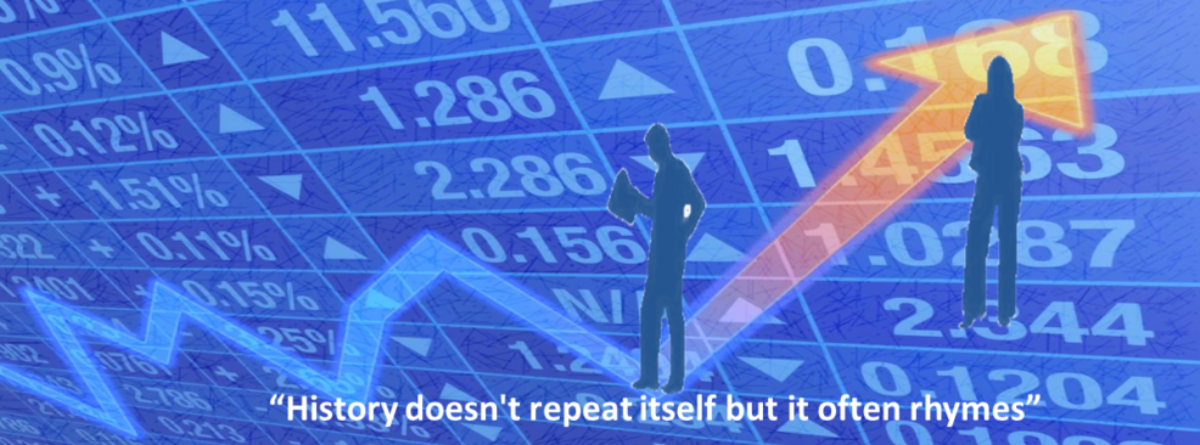This blog presents the S&P 500 forecasts based on fundamental econometric models and historical economic and financial data.
Our blog refers to a quote attributed to Mark Twain, with the conviction that a thorough study of the past data throws some light into the future, as long as one is aware of the caveats that the future is not an exact replica of past events. Thus, our mission is to detect the ‘rhyming’ signals by fitting the best model to the historical data, bearing in mind that the future never plays out exactly the same; there are forecast risks associated with ‘’known unknowns” and “unknown unknowns”.
Our data is based on official sources, and not third-party data providers. Our facts are regularly checked for inconsistencies.
Thinking outside the black box of machine learning
In contrast to the various websites that present the forecasts of hundreds of financial instruments ranging from stock market indices to crypto-currencies (e.g. tradingeconomics), our forecasts are focused on a few instruments and are labor-intensive. Our forecasts are the product of meticulous analysis of the data, composed of carefully chosen economic indicators based on theory and expert knowledge. Furthermore, our forecasts entail vigorous analysis via sophisticated econometric methods that have been back-tested and cross-validated. We ensure that the coefficient signs of the explanatory variables are in line with our economic intuition.
Our empirical findings are not an output of a black-box optimization process. Having said this, we also test the explanatory power of all the chosen economic indicators using machine-learning algorithms. We use algorithms such as Deep-learning, Logit, Random-Forest classifiers, K-nearest Neighbor, XGBoost, Extra Trees Classifier, and Support Vector Machine, to ensure that the choice of the indicators sufficiently discriminates the positive growth from negative growth signals in the forecast variables.
Our keyword algorithm predicts the US consumer sentiment
The S&P 500 predictions involve multi-equation models where some of the endogenous explanatory variables such as corporate profits and advance retail sales are themselves forecast using our proprietary models. Our models employ a totally original set of ‘keyword-based indicators. To the best of our knowledge, these indicators have never been used before. These indicators seem to capture the fluctuations in consumer tendencies rather well. Our models adjust all these indicators for seasonal variations. Thus, any changes in consumer tendencies due to various seasonal factors are taken into account.
The model outputs shown in this blog are point forecasts computed on the date shown in the graphs. They should be viewed as positive or negative signals for the direction where the markets are headed. The confidence intervals with regard to the accuracy of the forecasts refer to a wider range of possible outcomes. Depending on various irregular events/news, the actual outcome can be closer to the lower or upper confidence bound.

